Description
Drum stick / Moringa Oleifera (Seeds)
Drumstick, scientifically known as Moringa Oleifera, is a fast-growing, nutrient-rich vegetable plant widely valued for its edible pods, leaves, and medicinal properties. Native to India and parts of South Asia, Moringa belongs to the Moringaceae family and is now cultivated worldwide for its health benefits. Best suited for outdoor gardening, it thrives in warm climates and well-drained soil with full sunlight. A unique feature of this plant is its status as a natural superfood, packed with vitamins, minerals, and antioxidants. Moringa also purifies water and improves soil quality, making it a sustainable and eco-friendly choice for every garden. Grow your own health with Moringa seeds
Planting Time
-
Best planted in spring or early summer.
-
Sow seeds directly in soil or start in pots for transplanting.
Soil & Location
-
Grows well in well-drained, sandy or loamy soil.
-
Soil pH: 6.2 to 7.0.
-
Choose a sunny outdoor location with plenty of space.
Watering
-
Water moderately; avoid overwatering.
-
Once established, it is drought-tolerant.
Sunlight
-
Requires 6-8 hours of direct sunlight daily.
Spacing
-
Maintain 3-5 feet between plants for proper growth.
Fertilizer
-
Add compost or organic manure during planting.
-
Fertilize occasionally with organic nutrients.


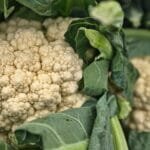
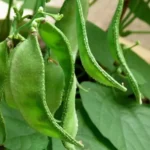
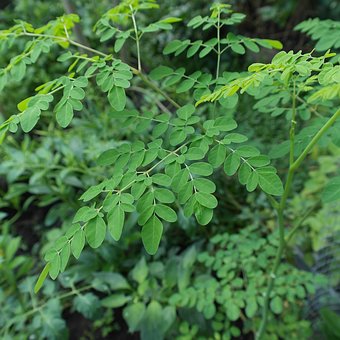
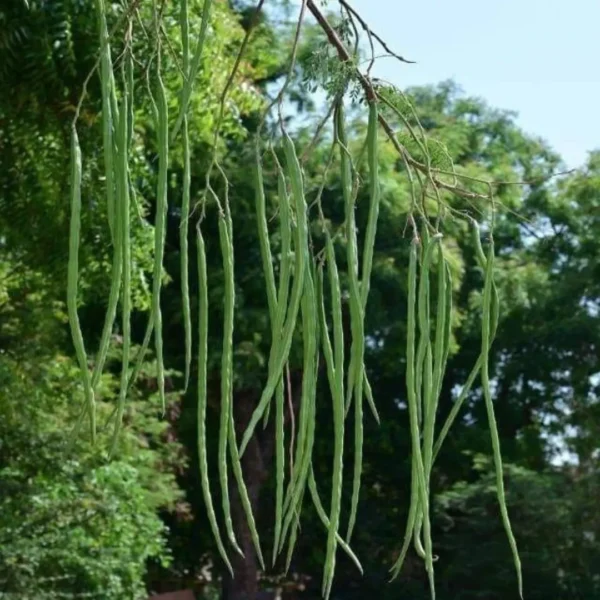
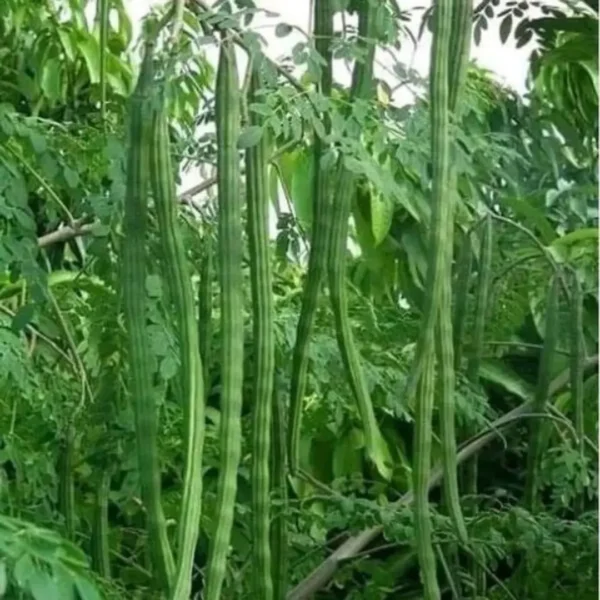
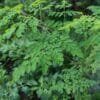
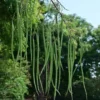

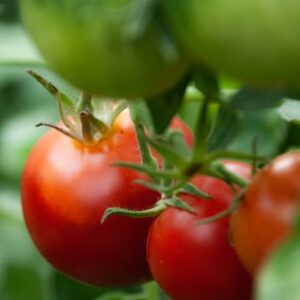
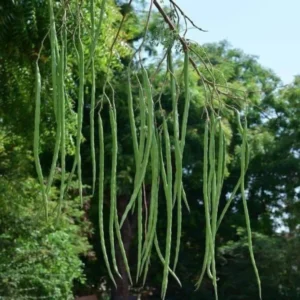

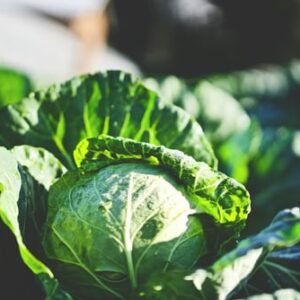


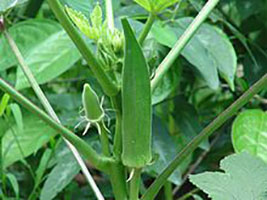

Reviews
There are no reviews yet.